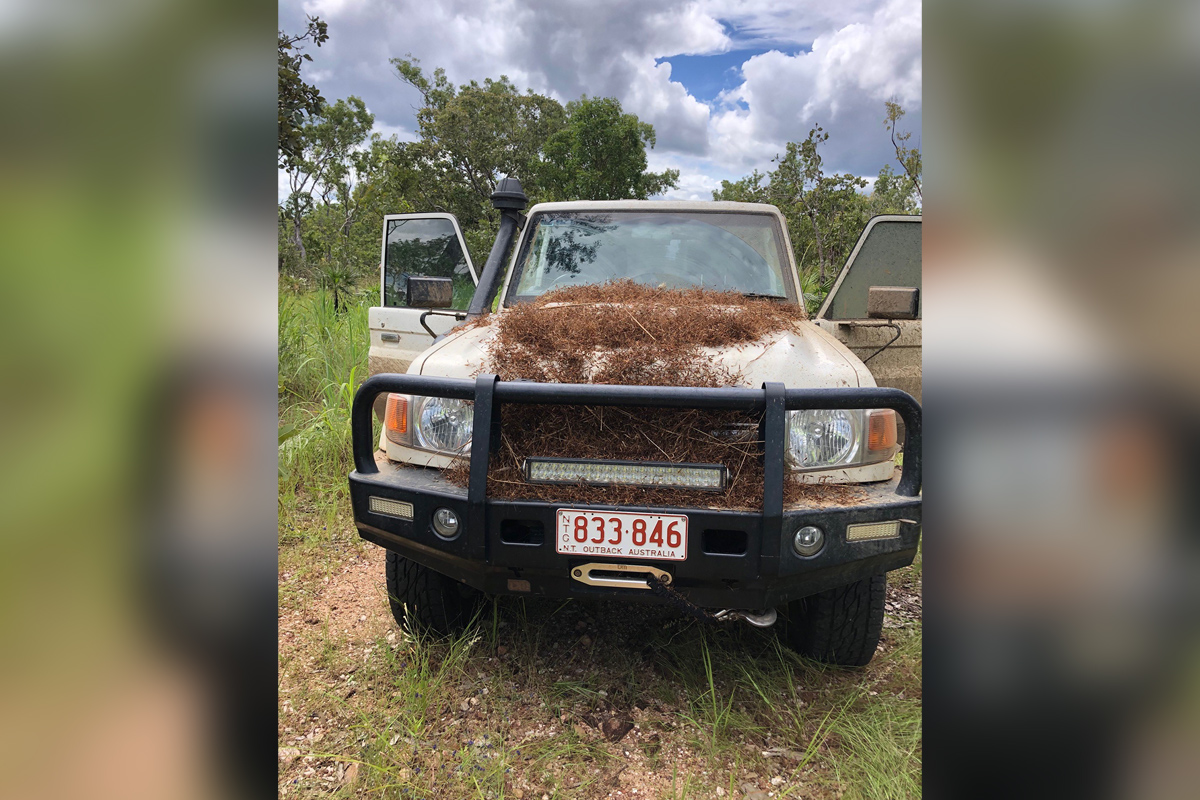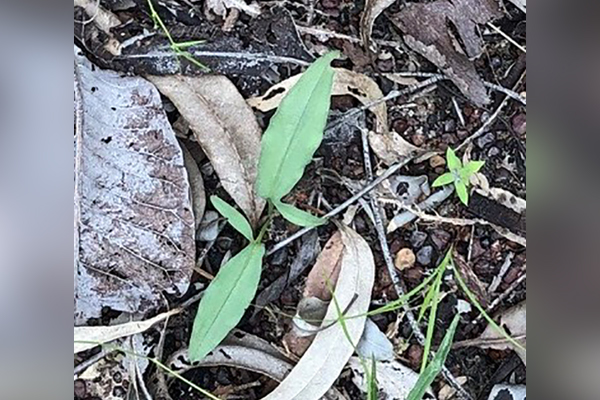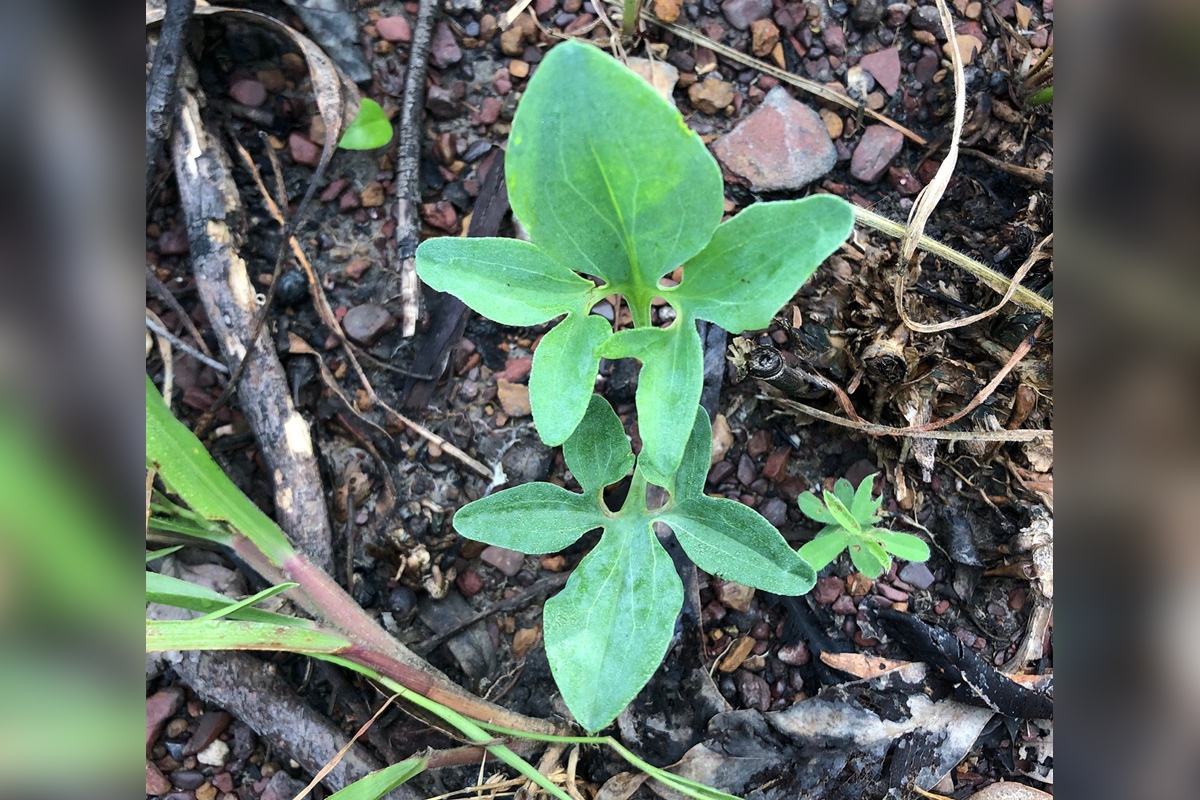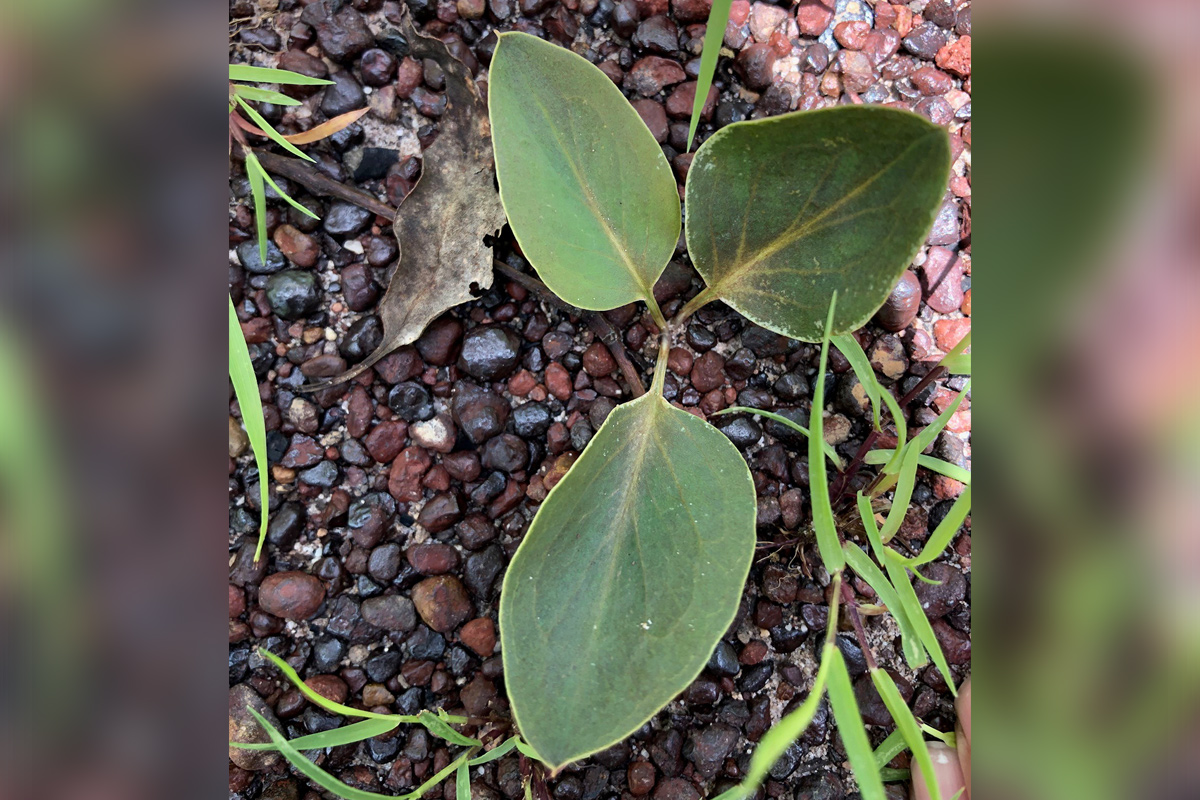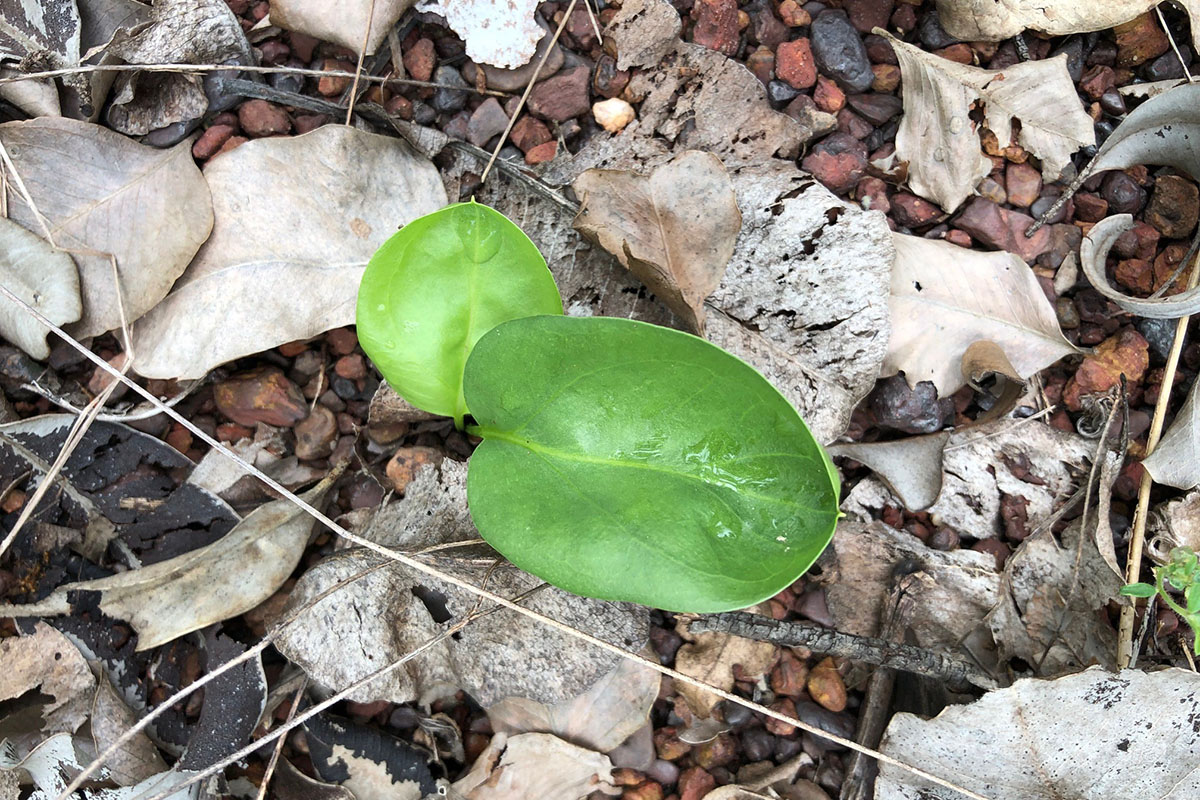Another Typhonium praetermissum season done and dusted!
The Typhonium team within the Flora and Fauna division recently completed another successful field season of Typhonium praetermissum surveys. This data, along with previous years’ data is vital information that contributes to the Conservation Strategy for this species.
Our work
During the most recent wet season, our small team: Sabrina Ropiha, Darcy Martin, and Liezl Brand, have been getting our boots dirty 5 days a week for approximately 3.5 months, surveying this cryptic plant within the Greater Darwin region. We’ve managed to cover 865km of ground surveys within this time and found a total of 3,624 new plant records. This includes a sub-population (patches) within a range extension of the southern boundary of known distribution.
The plant
Typhonium praetermissum is listed as vulnerable under the Territory Parks and Wildlife Conservation Act 1976, and is endemic to the Northern Territory, and is only found in the greater Darwin region. The key threat is removal via vegetation clearing, as its habitat (open Eucalyptus miniata woodlands with gravelly well-draining soils), tend to be favourable areas for development. Typhonium are seasonal geophytes, meaning they remain underground in a dormant stage during the dry season, relying on a large storage organ- the corm, for sustenance. The plant is only visible during the wet season, as its deciduous leaves, emerge from ground surface during this time. The plant also produces purple-brown inflorescence within November-January (Northern Territory Herbarium, 2013).
What this means
This season’s data, along with previous years’ survey data, will contribute to the Typhonium praetermissum Conservation Strategy, which is currently being drafted, as well as expanding our knowledge related to its distribution and other life history aspects. The main objectives of the Strategy are to maintain spatial and genetic diversity via representative conservation and to provide certainty where development can and cannot proceed within the Greater Darwin region, prioritising the preservation of conservation areas. Most of our surveys this season focussed on finding plants in areas that could be reserved as conservation areas.
All in all, it was yet another great season: visiting new sites, finding many plants (varying in leaf shape), and receiving free acupuncture treatments from incredible amounts of Spear grass (Sorghum intrans) seeds was just another bonus!
The Typhonium praetermissum Conservation Strategy is expected to be released towards the end of the year.
Reference:
Hay, A. (1993). The genus Typhonium (Araceae-Areae) in Australasia. Blumea: Biodiversity, Evolution and Biogeography of Plants, 37(2), 345-376
Northern Territory Herbarium. (2013). FloraNT - Northern Territory flora online. Department of Environment, Parks and Water Security. Accessed on 7 May 2024.
